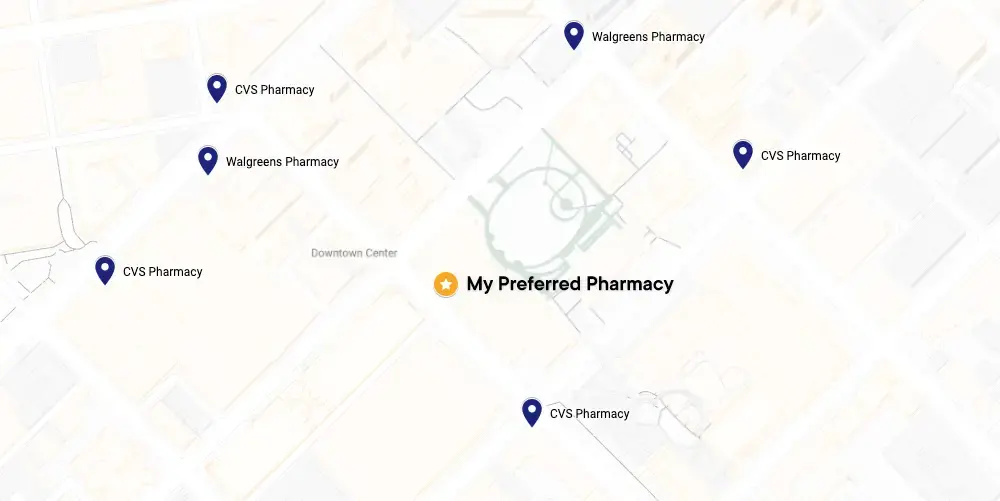The exact cause of PMDD is unknown. Recent research suggests that PMDD may be an abnormal reaction to normal hormone changes that happen throughout the menstrual cycle, leading to serotonin deficiency.
Research also suggests other possible causes and risk facts for PMDD. Some possible factors are:
-
Genetics: Increased sensitivity to hormone changes may be caused by genetics.
-
Smoking: Smoking may impact your hormone sensitivity.
-
Trauma and stress: PMDD may be linked to traumatic events, such as emotional abuse. Stress can also exacerbate PMDD symptoms.






